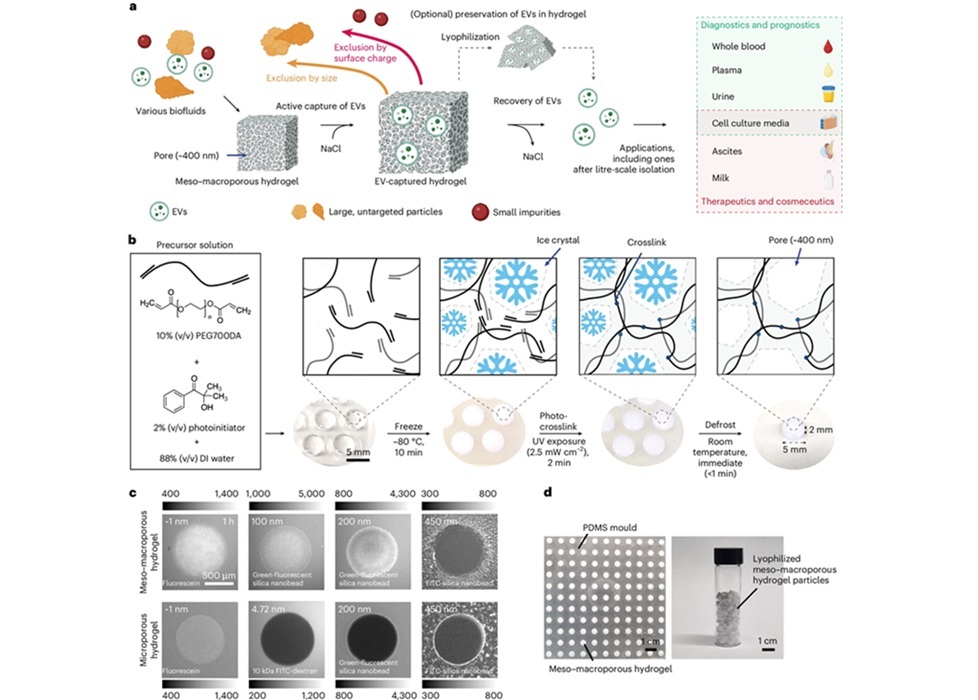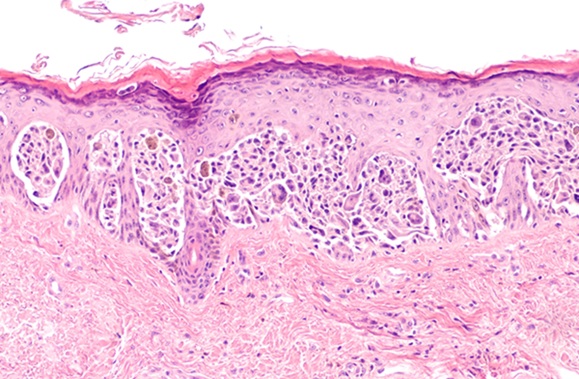Simple Optical Microscopy Method Reveals Hidden Structures in Remarkable Detail
Posted on 19 Nov 2025
Understanding how microscopic fibers are organized in human tissues is key to revealing how organs function and how diseases disrupt them. However, these fiber networks have remained difficult to visualize at the cellular level, limiting scientists’ ability to study structural deterioration in conditions such as multiple sclerosis, leukoencephalopathy, and Alzheimer’s disease. A newly developed imaging method now overcomes this longstanding barrier, offering a simple, low-cost way to map tissue microstructure with micrometer precision.
The technology, called computational scattered light imaging (ComSLI), has been developed by researchers at Stanford University School of Medicine (Stanford, CA, USA). ComSLI works by leveraging how light scatters differently depending on the orientation of microscopic fibers within tissue. A rotating LED light source illuminates the slide from shifting angles, while a simple microscope camera captures subtle scattering differences. Computational algorithms reconstruct these patterns into microstructure-informed fiber orientation maps — color-coded images showing fiber direction, density, and organization across the entire slide.

The setup requires no special stains, no custom microscopes, and no specialized slide preparation. In validation studies, the researchers demonstrated that ComSLI works on virtually any histology sample, including formalin-fixed, paraffin-embedded slides found in pathology labs worldwide, as well as fresh-frozen and stained or unstained tissues. The technology, presented in Nature Communications, also revealed detailed fiber architecture from a human brain section prepared in 1904, showing that long-archived samples can be analyzed without degradation of structural information.
Using ComSLI, the team visualized intricate neuronal networks across full human brain sections. They mapped microscopic fiber crossings in structures such as the hippocampus and compared healthy tissue with samples from patients with Alzheimer’s disease. In the Alzheimer’s sample, the perforant pathway — a critical route for memory-related signals — was almost undetectable, and local fiber crossings were significantly diminished. In contrast, the healthy hippocampus displayed dense, richly interconnected fibers. Such microstructural maps provide a new window into how memory circuits deteriorate in neurodegenerative disease.
In addition to the brain, ComSLI successfully imaged muscle, bone, and vascular tissues. Tongue muscle displayed layered fiber arrangements supporting movement; bone samples revealed collagen aligned along mechanical stress pathways; and arterial samples showed alternating collagen and elastin layers responsible for strength and elasticity. The ability to visualize fibers across organs, species, and decades-old archived slides opens new possibilities in anatomy, pathology, evolutionary research, and mechanobiology.
“This is a tool that any lab can use. You don’t need specialized preparation or expensive equipment,” said Michael Zeineh, MD, PhD, co-senior author. “What excites me most is that this approach opens the door for anyone, from small research labs to pathology labs, to uncover new insights from slides they already have.”
Related Links:
Stanford University School of Medicine









 (3) (1).png)





